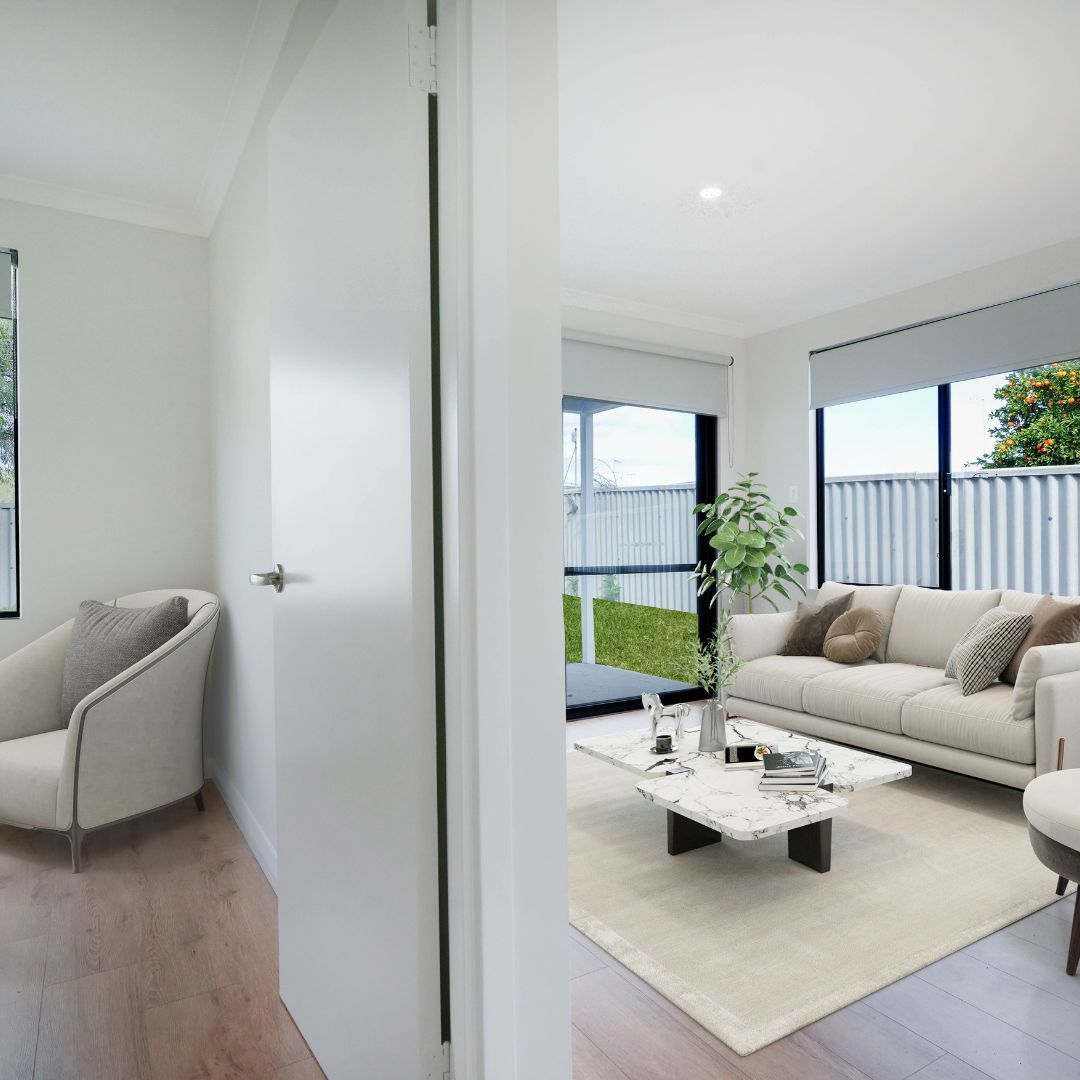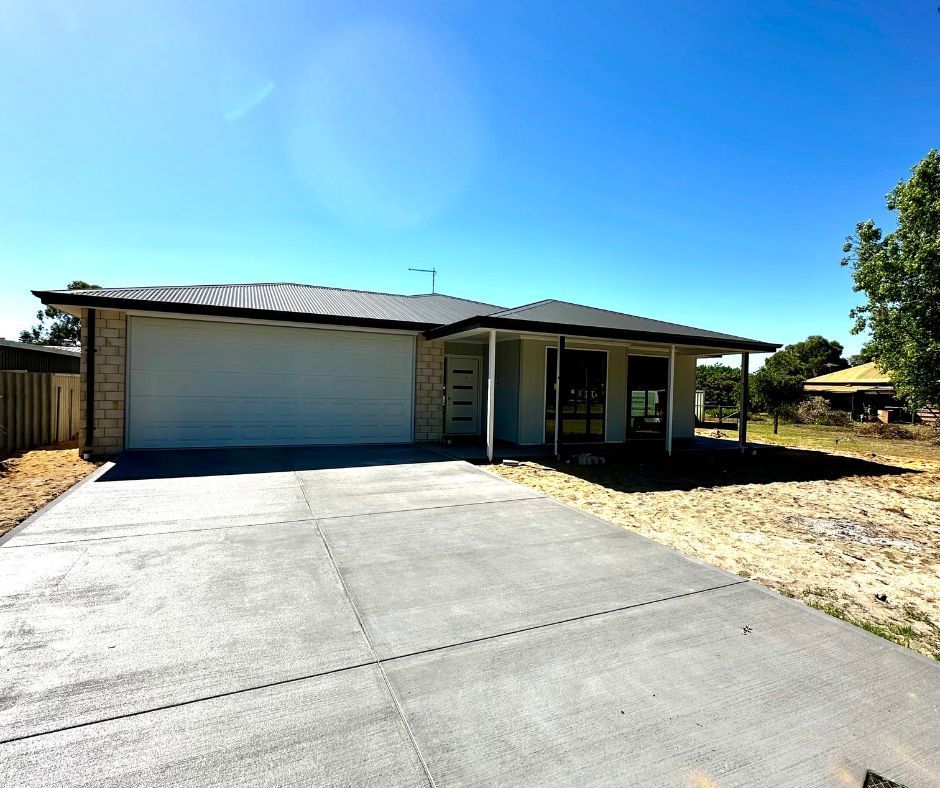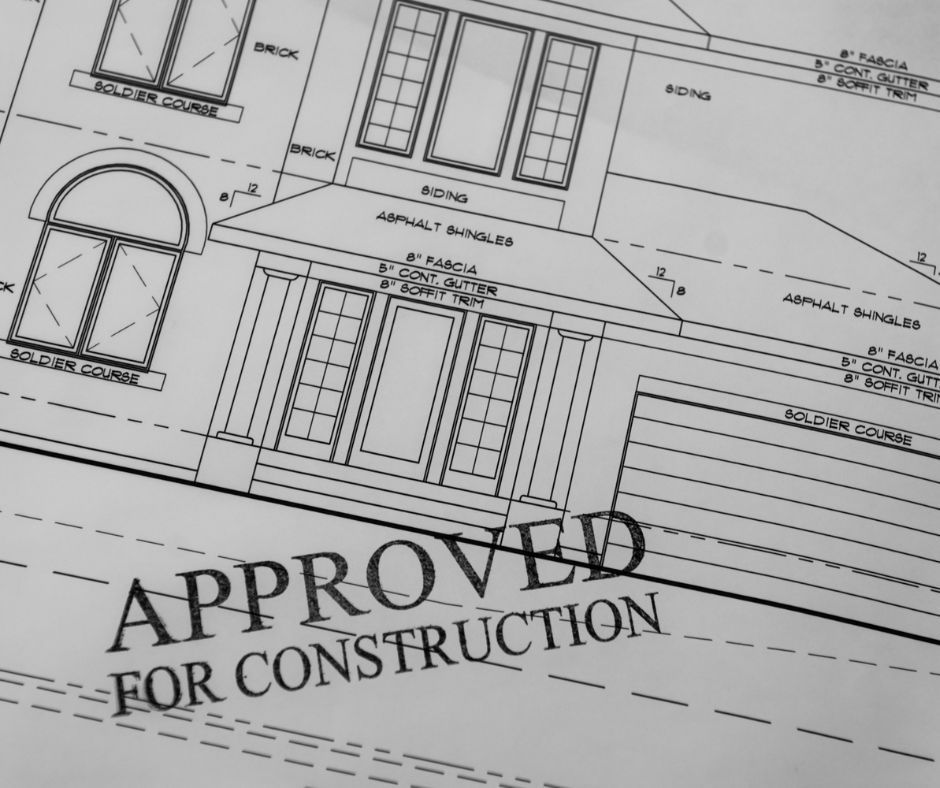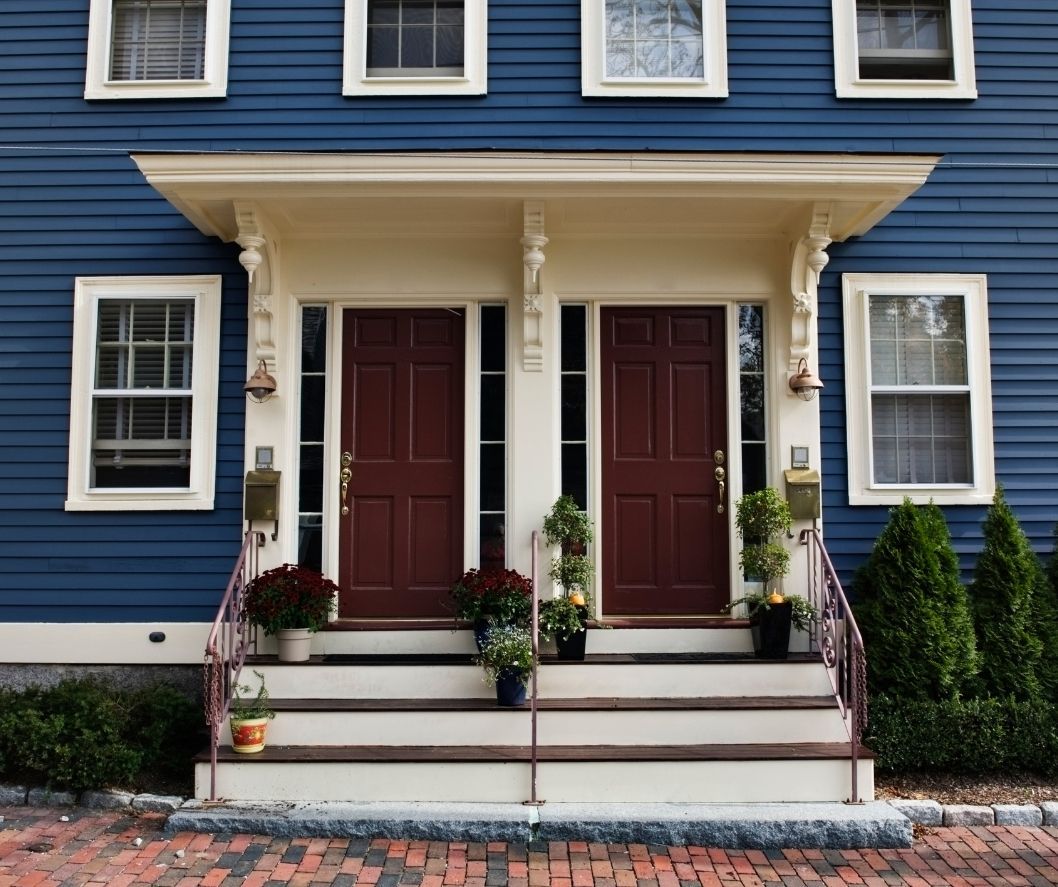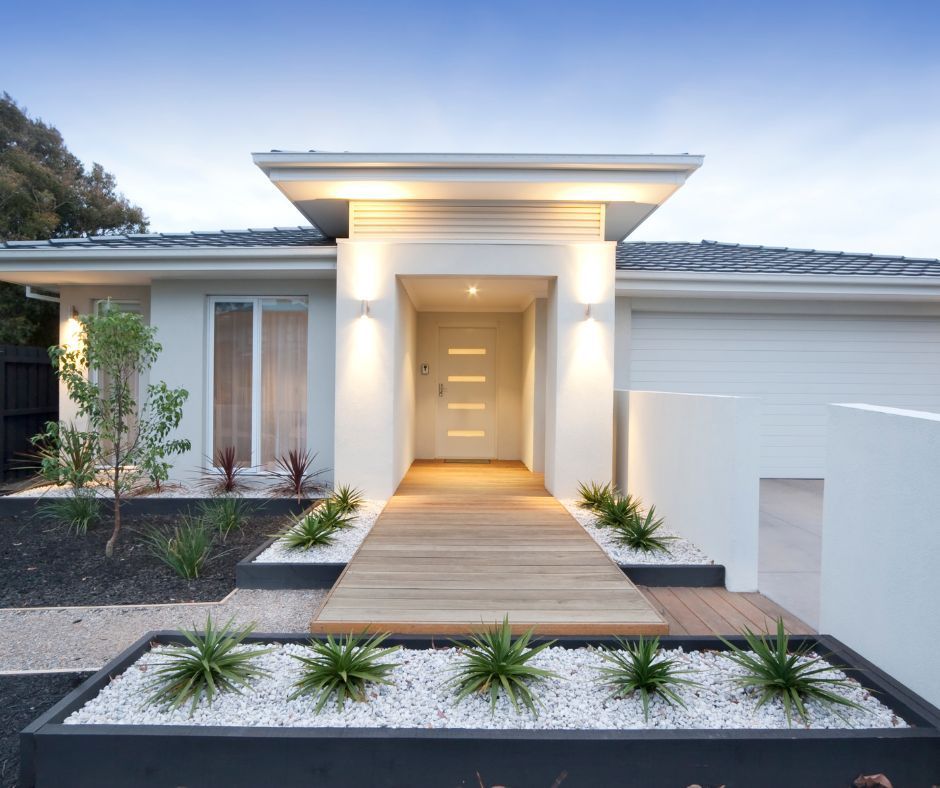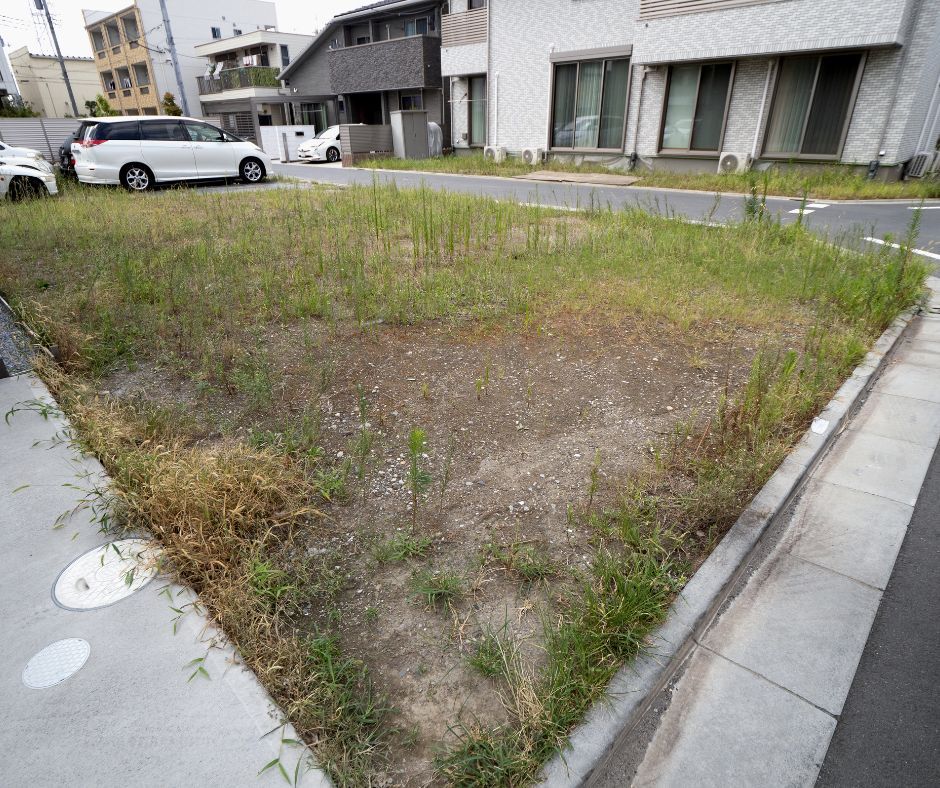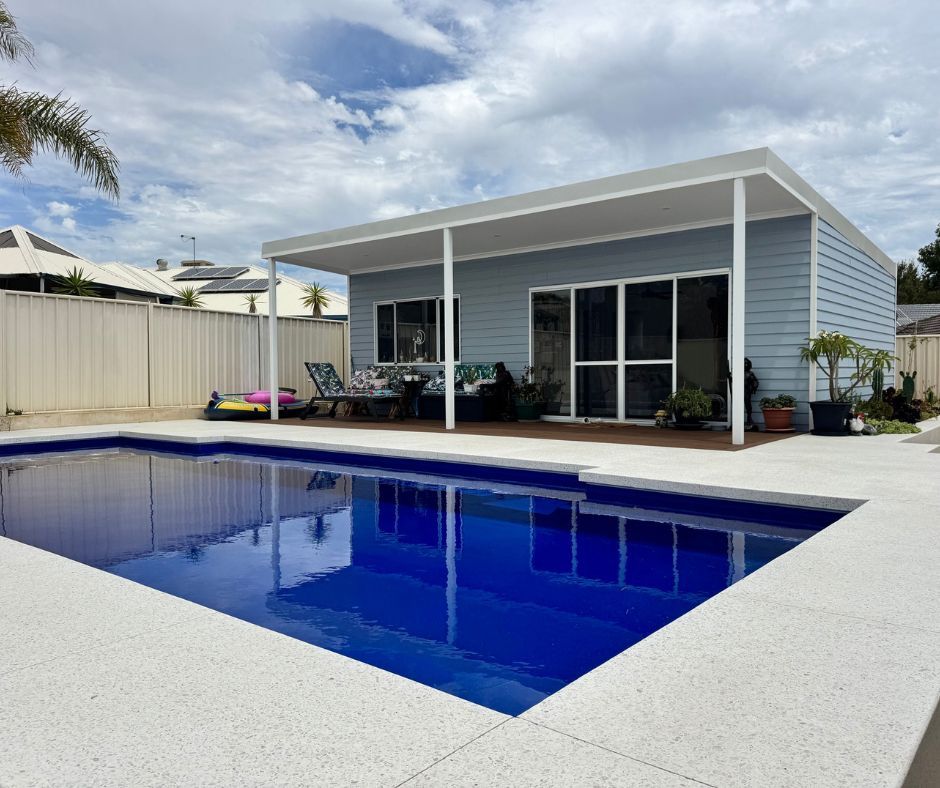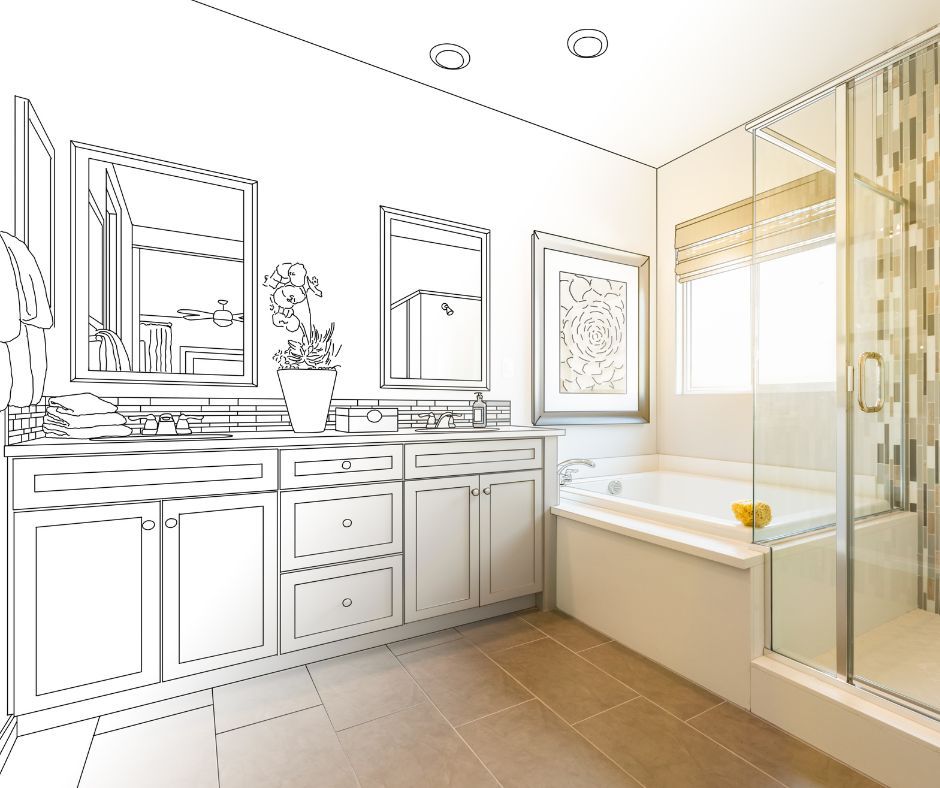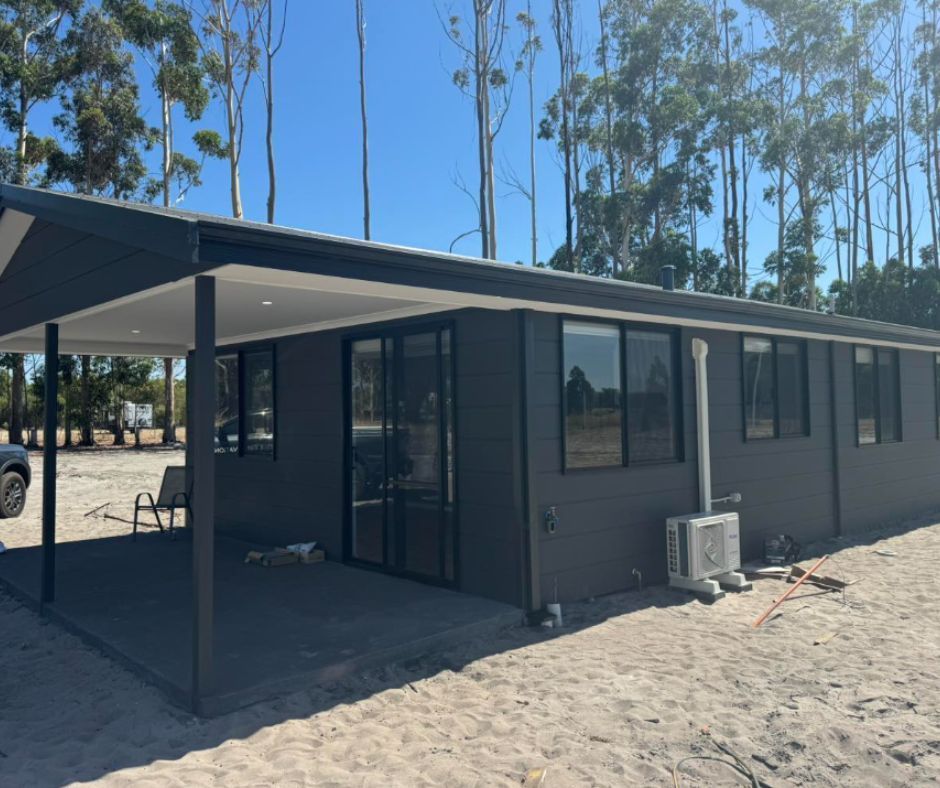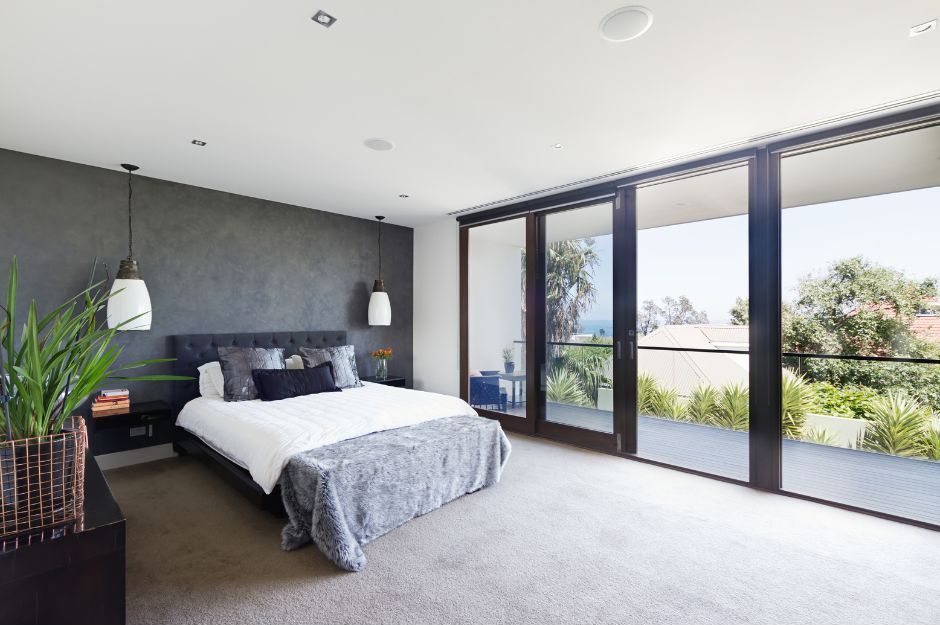Choosing Between a Custom Builder vs Volume Builder
Choosing the right builder matters more than most people realise. It shapes your budget, build time and the level of freedom you’ll have to design something that suits your lifestyle.
When planning a new home or granny flat, many homeowners compare a volume builder vs custom builder. Each has its strengths, but picking the wrong one for your block or budget can lead to costly setbacks.
The Difference Between a Custom Builder vs Volume Builder
Both options can get you a finished home. But they serve very different goals. One offers more flexibility and custom choices. The other is fast and follows a set formula.
Knowing how volume vs custom builder works can help you avoid costly surprises. Whether you're planning a dream home or a granny flat out the back, the right choice depends on how much say you want, how fast you need it and how flexible your site is.
Defining Volume Builder vs Custom Builder
Not all builders operate the same way. Understanding the difference between a custom builder vs volume builder can save you time, money, and hassle down the track.
Volume Builder
Volume builders work from a library of ready-made plans and build those homes repeatedly. It’s a streamlined system built for speed and efficiency. That means fewer changes and lower costs up front. It’s a fast way to get a home up, especially if you’re not fussed about personalising every corner.
Custom Builder
Custom builders take on homes designed around your vision and your block. Each build is treated as a one-off project, not a repeat job. They’re flexible on layouts, finishes and site challenges.
Custom builders often work on knockdown rebuilds, complex sites or limited lot sizes. It’s more involved, but you get something that’s truly yours.
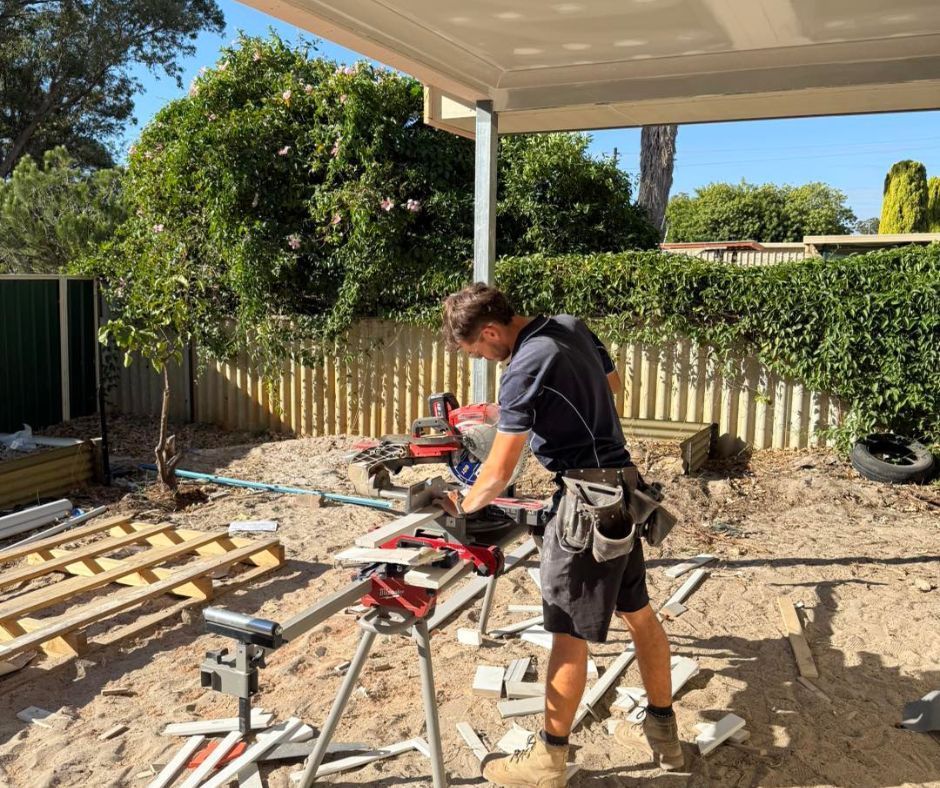
Side-by-Side Comparison of a Volume vs Custom Builder
This side-by-side comparison shows how a custom builder vs volume builder stacks up when it comes to the things that matter most in a home build.
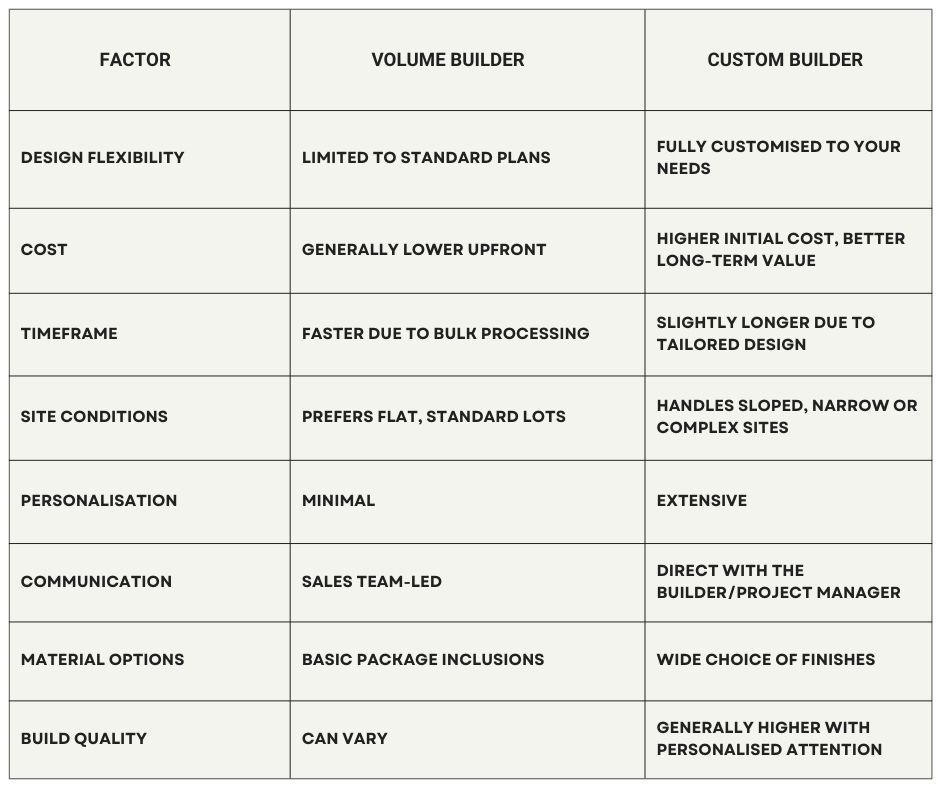
Pros and Cons: Custom Builder vs Volume Builder
Both volume vs costume builder come with their strengths and trade-offs. Knowing what to expect can help you line up your budget, timeline and expectations early.
Custom Builder
Pros:
- Custom design for your land and lifestyle: Your home is built to suit your block, not the other way around. Ideal if your block is tricky or your layout needs more than a standard plan.
- Higher build quality and attention to detail: Smaller project loads mean better site supervision and craftsmanship throughout the build.
- Flexibility with materials and layout: You choose everything from tapware to floor plans. Nothing’s locked in unless you want it that way.
- Better communication with the builder: You’ll deal directly with the builder or project manager, not a sales team.
- Handles challenging or sloped blocks: Custom builders know how to handle slopes, tight access and awkward block shapes. They design to suit the land, not fight it.
- More involvement in decision-making: You’re part of the process from start to finish, which means fewer surprises and more satisfaction.
Cons:
- Slightly higher cost: Personalised service and flexibility can add to the upfront cost. You’re paying for something built to your specs, not bulk.
- Longer timeline in some cases: Custom projects take longer to plan and approve. Be prepared for a longer planning stage before the build gets underway.
Volume Builder
Pros:
- Lower starting price: Bulk buying and standard designs keep costs down. It’s often the most budget-friendly way to get into a new home.
- Faster build times on standard blocks: With streamlined systems and repeatable plans, builds move quickly. Great if you’re working to a deadline or want to move in fast.
- More display home options to view: You can walk through finished builds before making a decision, which helps visualise the result.
Cons:
- Limited design flexibility: You’re mostly restricted to their range of plans and minor changes come with a fee.
- Difficulties building on non-standard lots: Sloping, narrow or irregular sites are often outside their scope or incur extra charges.
- Less personal service: You’ll likely deal with a sales consultant first, then be passed to a construction team later on.
- Can incur variation costs for upgrades or design personalisation: Upgrading from the base package can increase costs quickly, especially if you make several changes.
Volume Builder and Custom Builder: Which One is Right for You?
Selecting between a volume builder vs custom builder can shape the entire home-building experience. It affects your timeline, costs, and how much say you’ll have in the final result.
Choose a Custom Builder if:
You want a home that suits your unique lifestyle or land
Custom builders work with your ideas, not just a set of plans. They can design your home around how you live and where you’re building.
You’re building on a sloped, narrow, or irregular block
Challenging sites need tailored solutions. A custom builder designs the home to work with the land, not against it.
You want more input on materials and design
With a custom build, you’re part of the decision-making. You can choose everything from layout to tapware.
You’re after higher-quality finishes
Custom builders usually offer more attention to detail. You’re more likely to get premium materials and skilled workmanship.
You value direct communication with the builder
You’ll speak with the actual builder, not just a sales team. This makes the process smoother and more personal.
You’re building a custom home or granny flat
If you’re planning something non-standard, like a granny flat design or a luxury home, custom is the way to go. These types of builds usually aren’t covered by volume builders’ standard options.
You want your home to stand out, not blend in
Custom homes are made to be different. If you want something one-of-a-kind, a custom builder can deliver it.
Choose a Volume Builder if:
You’re building on a standard flat block
Volume builders are set up for straightforward blocks. If your land is flat and typical in size, this is often the most efficient choice.
You’re happy with a pre-designed plan
Volume builders offer a wide range of ready-made floor plans. If one fits your needs, you can save time and money.
You need a faster move-in time
With systems in place and fewer customisations, volume builders can often finish the job sooner. It’s ideal if you’re in a hurry to settle in.
You’re on a tight budget
Volume builders buy materials in bulk and streamline the process. That often means lower costs and fewer surprises.
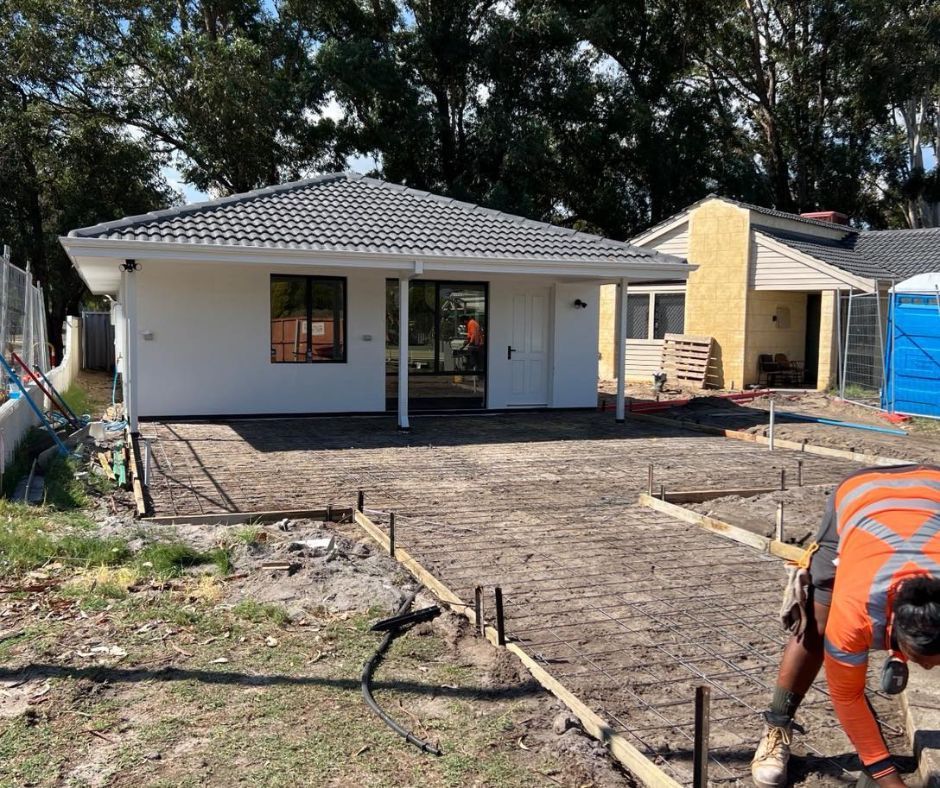
Partner with the Best Custom Builder in Town!
There’s no one-size-fits-all answer when it comes to building a home. Your block, your budget and your priorities will point you in the right direction. If you want quality, flexibility and a builder who gets your vision, a custom build is the smarter choice.
Prestige Homes and Granny Flats tick all the right boxes for people who want something more than just “standard.” Whether you're building a stylish granny flat or custom home, we work with you from sketch to handover. Our designs are customised to your block, your lifestyle and your taste.
Our team is known for delivering custom builds fast, without compromising on quality or detail. In many cases, you can be turning the key in under 12 weeks without cutting corners. That’s pretty rare in the custom home world.
So if you want a home that fits your life, not just your lot size. Book us and see how easy building custom can be when you’ve got the right team on your side.
